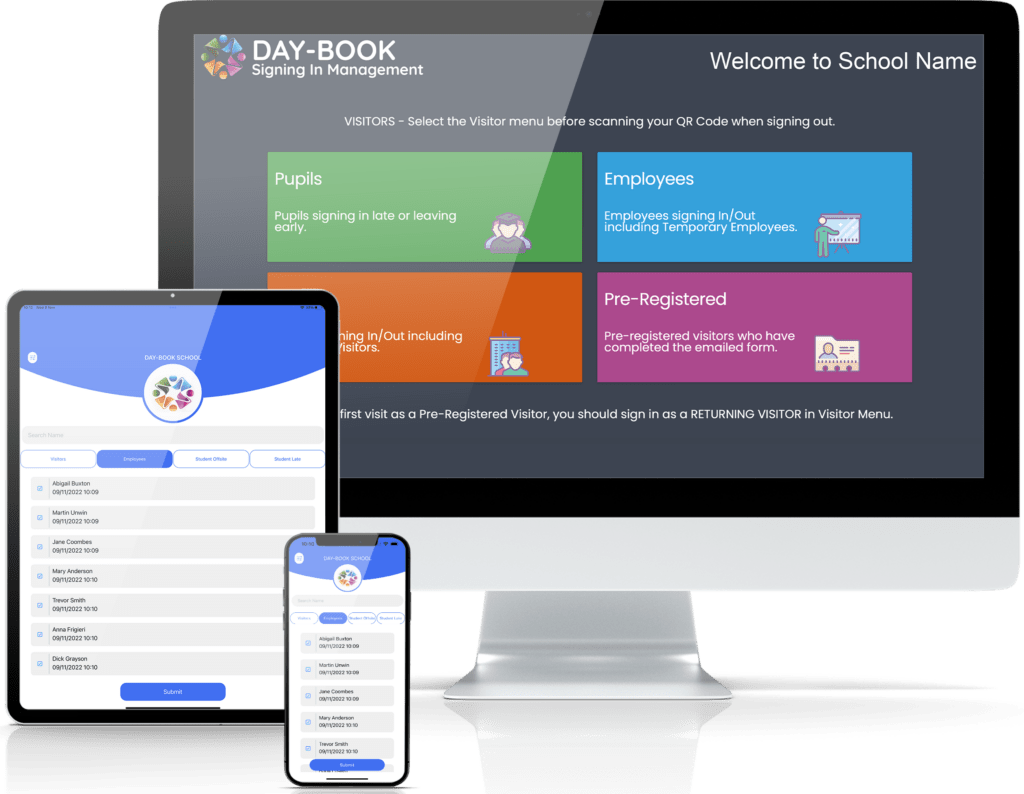Every book has a story beyond its pages, one that delves into its journey from the author’s imagination to the eager hands of readers. This journey involves circulation, which refers to how the book is shared, borrowed, and cherished by individuals and communities. Understanding the description of the book’s circulation the month and day the book was read provides valuable insights into its impact and relevance. Each time a book is checked out from a library or purchased from a bookstore, it adds to its unique narrative, highlighting its popularity and the connection it fosters with its readers. This article aims to explore the intricacies of book circulation and the significance of knowing when a book is read.
As readers, we often become attached to the books we encounter and the stories they tell. However, the circulation of these books often goes unnoticed, yet it plays a critical role in the literary ecosystem. By understanding the description of the book’s circulation the month and day the book was read, we can appreciate the broader implications of literature on society and culture. Moreover, tracking these readings can reveal patterns about readers' preferences, seasonal trends, and even the book’s longevity in public interest.
In this exploration, we will delve into various aspects of book circulation, including what it entails, why it matters, and how it influences the reading habits of individuals and communities alike. So, let us embark on this literary journey to uncover the significance of book circulation and its impact on readers’ experiences.
What is Book Circulation?
Book circulation refers to the process of lending books to readers, either through libraries or bookstores. This process includes tracking how many times a book is borrowed or sold, as well as the date and month of each transaction. Understanding book circulation helps identify popular titles, assess inventory needs, and promote community engagement with literature.
Why is Understanding the Description of the Book’s Circulation Important?
The description of the book’s circulation the month and day the book was read provides insights into reading trends and preferences. This information is valuable for authors, publishers, and librarians, as it helps them make informed decisions about marketing strategies, inventory management, and programming. By understanding circulation patterns, stakeholders can better respond to the needs and interests of their audiences.
How Can We Track Book Circulation?
Tracking book circulation can be done through various methods, including:
- Library Management Systems: Many libraries use automated systems to track which books are borrowed and when.
- Sales Records: Bookstores maintain sales records that detail the month and day each book was sold.
- Surveys and Feedback: Gathering feedback from readers regarding their reading habits can provide qualitative data on circulation.
What Factors Influence Book Circulation?
Several factors influence book circulation, including:
- Genre: Certain genres may be more popular during specific seasons or cultural events.
- Author Popularity: Established authors often see higher circulation rates compared to debut writers.
- Marketing Efforts: Effective marketing campaigns can significantly boost a book's visibility and circulation.
- Community Engagement: Events like book clubs, readings, and author signings can encourage circulation as they foster connections among readers.
How Does the Month and Day of Reading Impact Circulation?
The month and day a book is read can provide insights into seasonal trends and reader behavior. For instance, certain genres may see spikes in circulation during holidays or summer vacations. Additionally, tracking the specific days when books are read can help libraries and bookstores prepare for peak times, ensuring that popular titles are readily available for eager readers.
Can Circulation Data Help Authors and Publishers?
Absolutely! Authors and publishers can leverage circulation data to understand their audience better and tailor their marketing strategies. By analyzing the description of the book’s circulation the month and day the book was read, they can identify which books resonate most with readers and make informed decisions about future projects, promotional campaigns, and even the timing of book releases.
What Role Do Libraries Play in Book Circulation?
Libraries are essential in promoting book circulation. They provide access to a wide range of books, enabling readers to explore various genres without the financial burden of purchasing each title. Libraries also facilitate community programs, such as reading challenges and book clubs, that encourage circulation and foster a love for reading.
How Can Readers Contribute to Book Circulation?
Readers can play an active role in enhancing book circulation by:
- Borrowing and Reading Diverse Titles: Exploring various genres and authors can increase circulation for lesser-known books.
- Participating in Community Events: Engaging in library programs or local book clubs encourages more readers to check out books.
- Providing Feedback: Sharing thoughts on books with friends, family, and online communities can spark interest and boost circulation.
Conclusion: The Importance of Book Circulation
Understanding the description of the book’s circulation the month and day the book was read is crucial for authors, publishers, libraries, and readers alike. It offers a glimpse into the evolving landscape of literature and reading habits, while also highlighting the communal aspect of sharing stories. By tracking circulation, we can celebrate the power of books and the joy they bring to our lives, fostering a vibrant reading culture that transcends boundaries.



ncG1vNJzZmixn6PAtr7IZqWeq6RjsLC5jq2pnqaUnruogY6dnKybop69tbXOp2Sonl2ptaZ5waimpKtdmLazr9SlmK2hn6PBqbGMpqanrJhirq%2BwjJ2YsmWknbJurs6oomavkah6s7HAnauhnV6dwa64